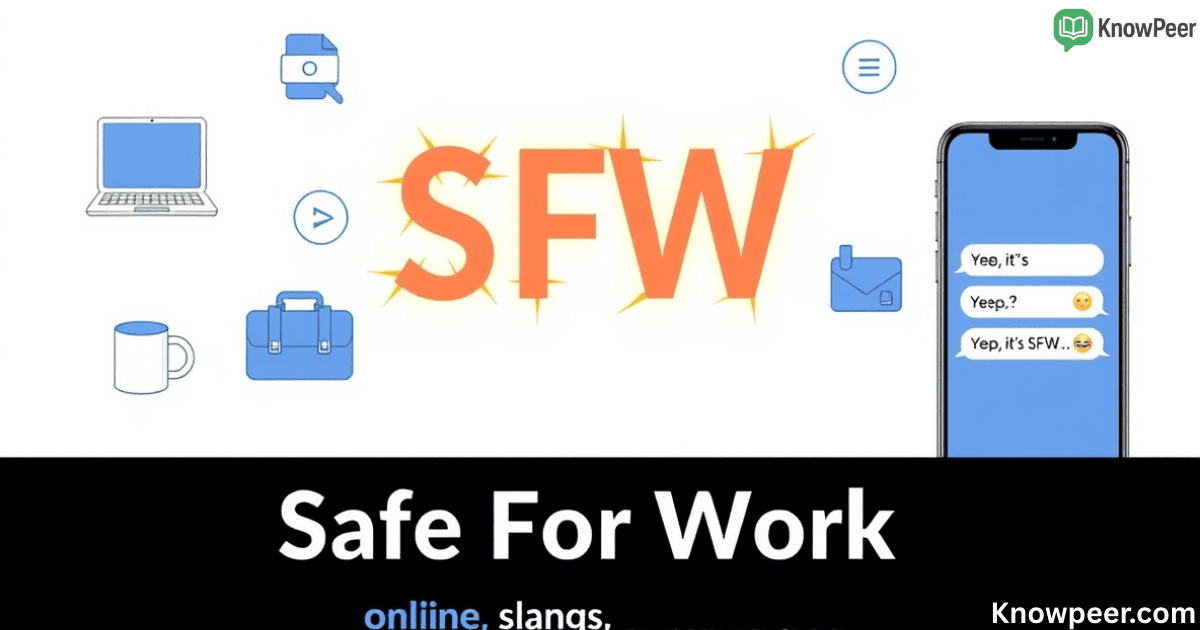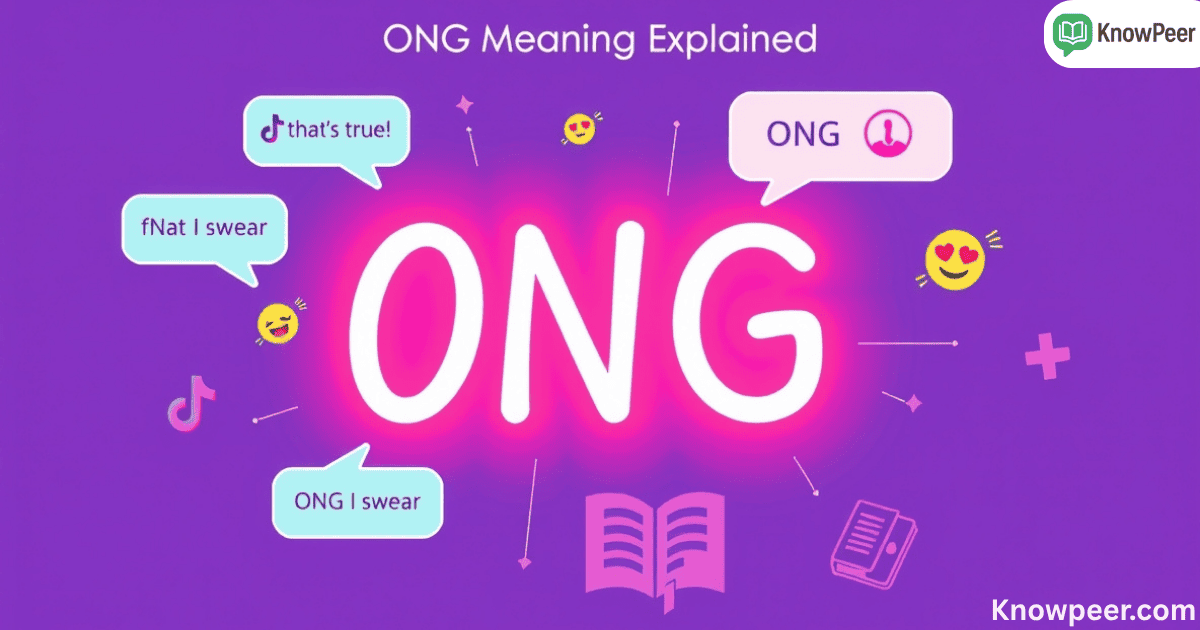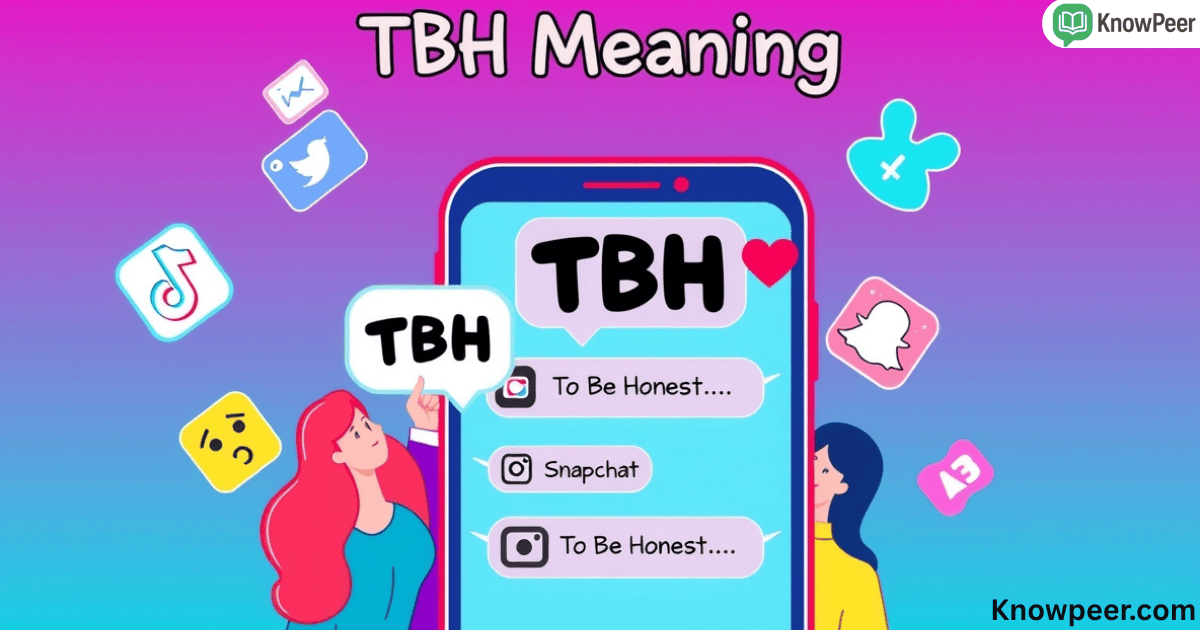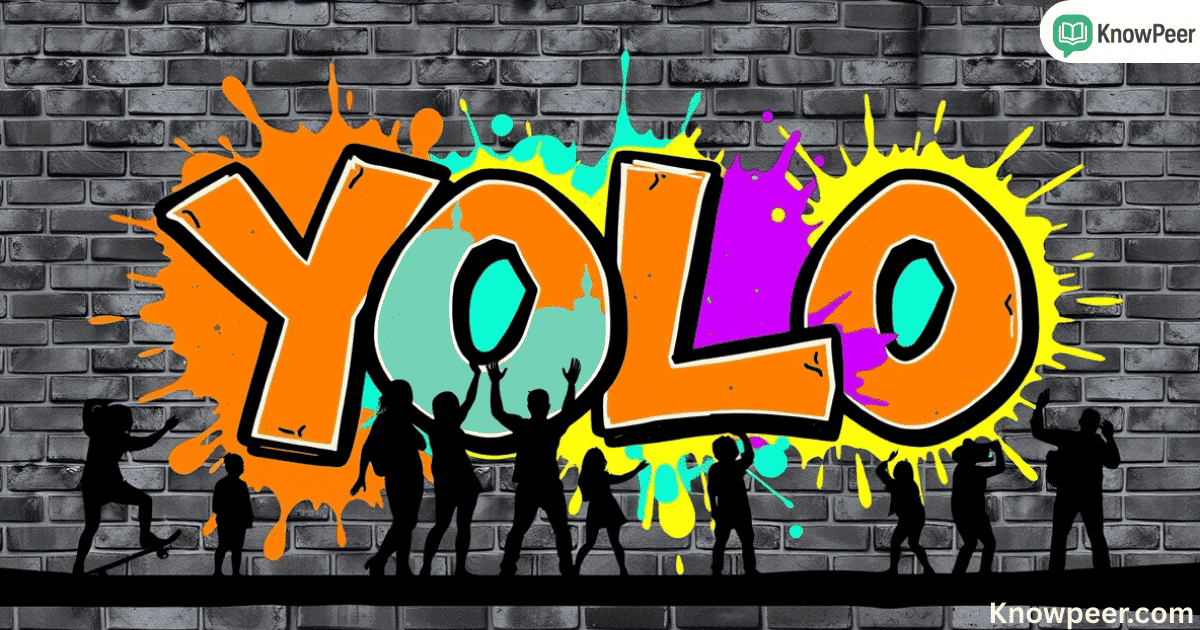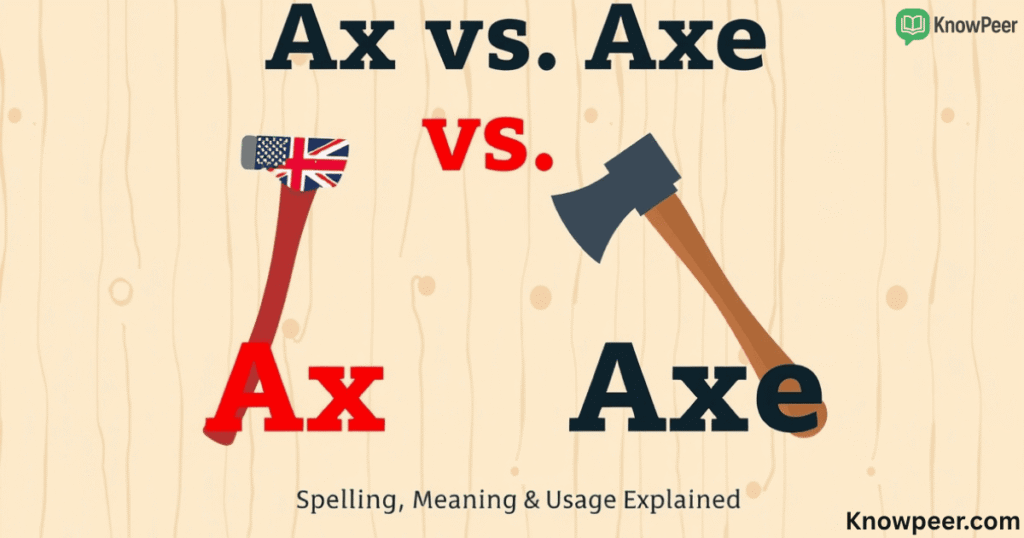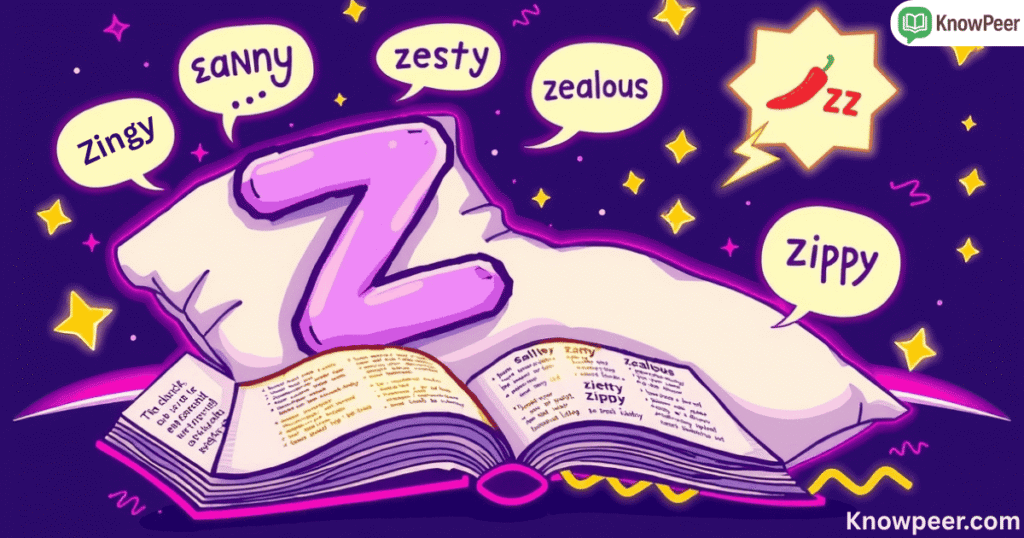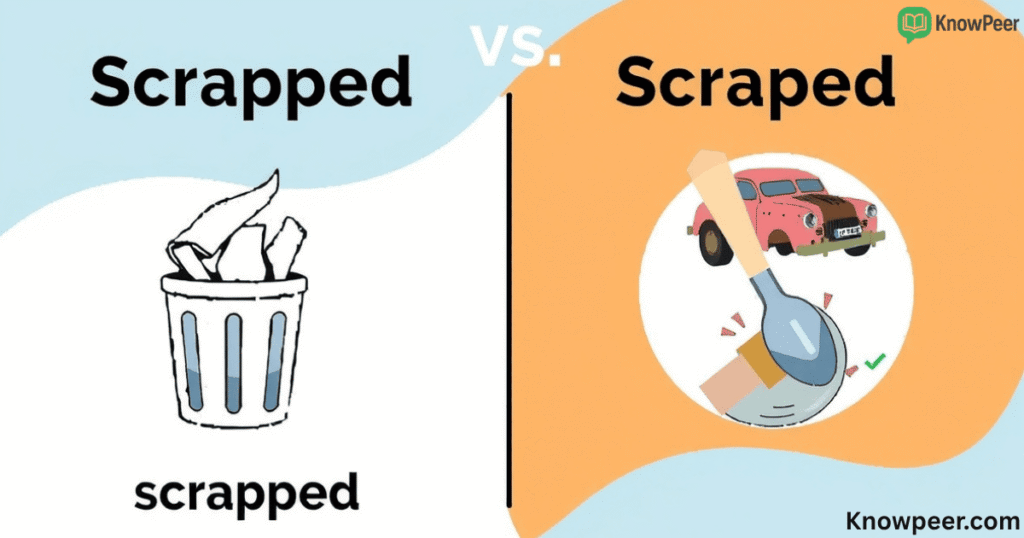The internet has given birth to countless abbreviations, and SFW meaning is one that confuses many people. If you scroll through Reddit, TikTok, or even old forums, you’ll often see posts tagged with SFW or NSFW. You might wonder, what does SFW mean, why it matters, and how it’s used. This guide dives deep into the SFW full form, its background, and its importance in today’s digital world. By the end, you’ll know exactly when to use this phrase and how it shapes online culture.
Understanding Safe for Work meaning is more than just learning a piece of internet slang. It reflects how people share and consume content in public or professional spaces. Since online communities thrive on clarity and respect, using labels like SFW helps protect people from opening risky material in the wrong place. Let’s explore the SFW definition, its history, and its role in internet etiquette.
What Does SFW Mean?
The SFW full form is Safe for Work. In simple words, SFW meaning is used to describe text, images, or videos that are not explicit, offensive, or inappropriate. When someone marks content as SFW, they’re saying it’s acceptable to view in public, at school, or at the office without embarrassment. The tag is almost always used in online spaces where mixed audiences interact, such as Reddit threads, group chats, and forums.
To make it clearer, you can think of SFW as a label that tells you, “This is safe for work content.” On the other hand, the opposite is NSFW meaning Not Safe for Work, which signals explicit or adult material. People often ask, “Is SFW the opposite of NSFW?” and the answer is yes. But it’s important to note that SFW is not only about being free of adult themes. It can also mean that the content avoids violence, gore, or anything that might shock someone unexpectedly.
Origin and Popular Use of SFW
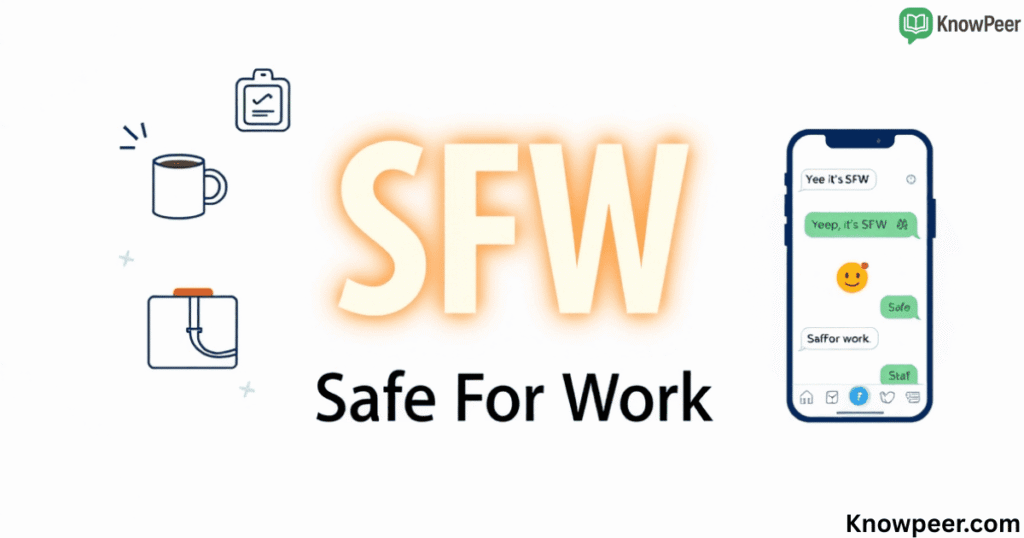
The rise of internet slang SFW dates back to the early 2000s, when online communities grew quickly and people needed shorthand to warn others about the type of content they were sharing. The phrase first gained traction on platforms like Reddit and early internet forums, where NSFW and SFW tags became standard practice. These communities valued quick warnings to keep workplaces and schools safe for browsing.
Today, you’ll see SFW social media term pop up in memes, captions, and even TikTok hashtags. For example, a funny cat video might be tagged as “SFW” to assure viewers that it’s not offensive or risky to watch in a meeting. In contrast, shocking videos might get labeled NSFW or even NSFL meaning Not Safe for Life, which signals disturbing material. The spread of SFW shows how internet culture abbreviations evolve and stay relevant across generations of users.
How to Use SFW in Real Life and Online
Understanding how to use SFW in real life and online can make your digital interactions safer and more respectful. The term SFW meaning Safe for Work is not just internet slang—it acts as a warning label for content that is appropriate to view in public, at school, or in the office. When sharing links, videos, or images, marking them as SFW ensures that the people receiving them won’t accidentally see anything inappropriate. For example, if you send a meme to a group chat at work, adding SFW signals that it’s safe to open without worry. Similarly, on Reddit or TikTok, content creators use the SFW tag to let viewers know that their posts are non-explicit and suitable for a broad audience.
Using SFW online usage correctly is part of practicing good digital etiquette. In forums, social media, or even text messages, labeling content SFW or NSFW keeps conversations clear and avoids misunderstandings. You might see captions like, “This is SFW, enjoy!” before a funny or educational video. Conversely, anything adult, violent, or disturbing should carry an NSFW or NSFL tag to warn viewers. Over time, applying internet slang SFW consistently builds trust among friends, colleagues, and online communities. It also helps protect workplaces and public spaces from accidental exposure to inappropriate content. Remember, knowing what is SFW on the internet isn’t just about safety—it’s about respect and responsibility in the digital world.
Difference Between SFW and Similar Internet Terms
The biggest debate is often SFW vs NSFW. As mentioned earlier, SFW is Safe for Work meaning family-friendly or non-explicit, while NSFW warns of adult or explicit content. Both are vital in modern internet culture because they help people avoid surprises. Yet there are other terms in the same category that confuse readers.
For instance, PFW meaning Porn Free Work is another abbreviation you might see, but it’s less common and usually overlaps with SFW. Meanwhile, NSFL meaning Not Safe for Life is far more extreme, describing violent or disturbing media. These differences show how internet shorthand and slang evolves with context. If you want to avoid misunderstandings, learning the NSFW vs SFW difference explained is a smart step toward practicing respectful online communication.
| Term | Full Form / Meaning | Description / Usage |
| SFW | Safe for Work | Content that is family-friendly, non-explicit, and safe to view in public or work environments. |
| NSFW | Not Safe for Work | Material that includes nudity, sexual content, or explicit themes unsuitable for workplaces or public spaces. |
| NSFL | Not Safe for Life | Extremely graphic or disturbing content, such as violence or gore, often unsuitable for most audiences. |
| PFW | Porn Free Work | Less common term, used to indicate work-safe content free of pornographic material. |
| SFW vs NSFW | Comparison | Highlights the difference between safe-for-work content and adult or explicit content. Essential for online etiquette. |
Why Understanding SFW Matters Today
In today’s digital world, knowing the SFW abbreviation explained is not just trivia—it’s part of practicing safe browsing and good online manners. Imagine opening a video in front of coworkers and realizing it’s NSFW. That embarrassment could have been avoided if the sender had tagged it properly. By learning what SFW is on the internet, you protect yourself and others from unwanted surprises.
Another reason SFW slang meaning in social media matters is because platforms like TikTok, Instagram, and Reddit thrive on viral sharing. When posts are correctly tagged, audiences trust the community more. Understanding why SFW matters in online culture also highlights the role of digital etiquette in workplaces and schools. With so much of life moving online, labeling work safe content online helps keep interactions professional and respectful.
Case Study: SFW vs NSFW in Workplace Chats
To see the real impact of SFW, consider this workplace scenario. A marketing team uses a group chat for both professional and casual talk. One employee shares a meme without any warning, only to realize it was NSFW. The moment causes discomfort and awkward silence. After this, the team decides to use SFW social media term whenever they share safe-for-work jokes, and NSFW for anything else. The clear labeling restored trust and kept the chat comfortable for everyone.
This example shows how simple internet culture abbreviations can avoid embarrassment and even protect careers. When digital communication becomes part of everyday work, respecting these unwritten rules makes a huge difference. Using safe for work memes and videos not only entertains but also maintains a professional image.
Examples of SFW and NSFW Content
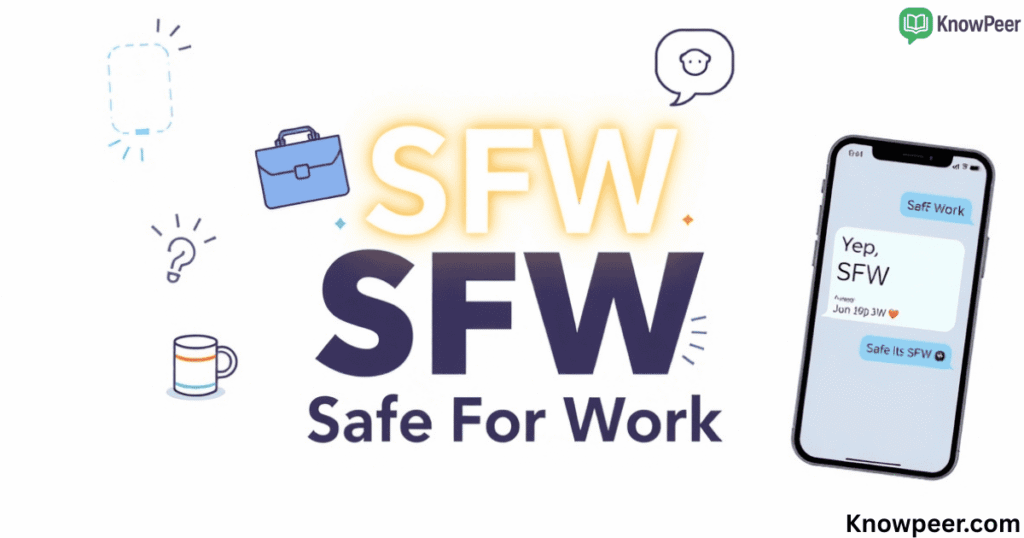
To make things easier, here’s a table that compares examples of SFW content with examples of NSFW content. This shows the SFW and NSFW difference explained in a clear way:
This table proves why content labeling matters. Knowing the SFW definition saves people from opening embarrassing or harmful material, especially in public spaces.
| SFW Content (Safe for Work) | NSFW Content (Not Safe for Work) |
| Funny animal videos | Adult films or explicit clips |
| Inspirational quotes | Violent fight videos |
| Cooking tutorials | Graphic medical images |
| Travel vlogs | Disturbing gore videos (NSFL) |
| Educational TikToks | Nude or pornographic images |
Conclusion
The world of internet slang can feel overwhelming, but understanding SFW’s meaning makes online life safer and smoother. Whether you’re on Reddit, TikTok, or in a group chat, you now know what SFW means, how it compares to NSFW, and why it matters. These simple labels form part of digital etiquette online, protecting users and keeping trust strong in communities.
Next time you come across the phrase, you’ll understand the full context behind Safe for Work meaning. By using the SFW abbreviation explained correctly, you contribute to better communication online. In a digital age where speed matters, shorthand like SFW online usage isn’t just slang—it’s a tool for respect and safety.

